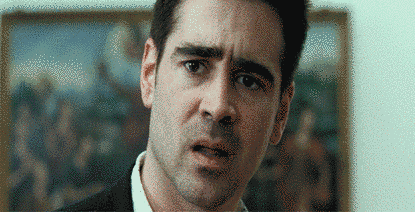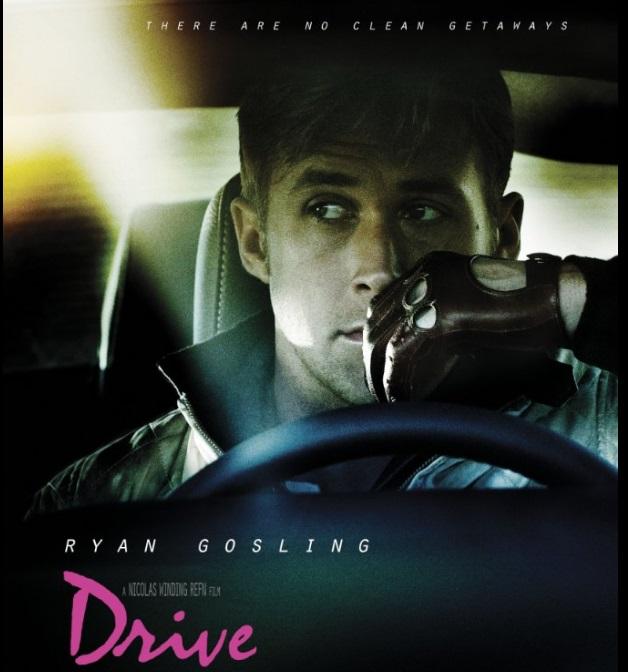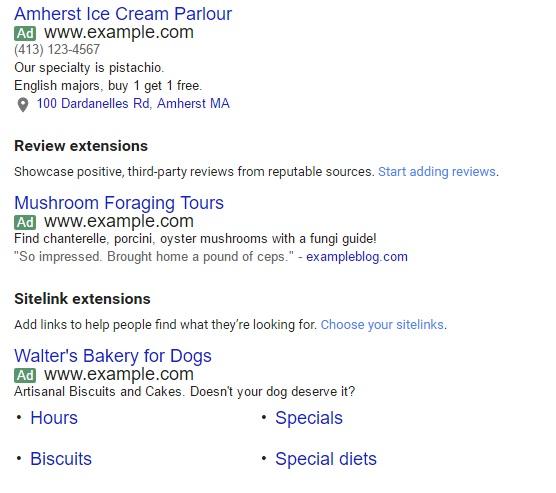Hollywood is notorious for wildly inflated production and marketing budgets. In 1980, the average cost for marketing a Hollywood flick was around $4 million (which translates to about $12 million today). By 2007, the average marketing budget for studio films had reached $36 million, which doesn’t even account for Hollywood’s biggest blockbusters spending over $100 million on their marketing campaigns.
That’s an astronomical investment just to get people’s attention and turn them on to a new movie.
Given that Transformers: Age of Extinction was marketed successfully in China to the tune of just $5 million, it makes you wonder why the studio spent $100 million for marketing the same film in the U.S.
From a general marketing perspective, you might see the same disparate spending levels in PPC. Since Google launched AdWords in 2000, it has grown to more than one million advertisers, generating tens of billions of dollars in revenue for Google. That level of spending doesn’t even account for what brands are spending on ads in social media and other search platforms like Bing.
Some advertisers spend six figures on PPC advertising, while other marketers only spend a fraction of that and see similar success in their metrics – much like the Hollywood movie campaigns. So what can advertisers learn from the impact of mammoth marketing budgets on audience engagement from Hollywood?
1. Big Budgets Don’t Equate to Success
There’s no shortage of box office bombs, and what makes them particularly stand out is the massive amount of spending on production and marketing compared to revenue generated at the box office. For example, the 2013 film The Lone Ranger cost nearly $250 million to produce and market. Unfortunately, the studio ended up losing over $100 million on the movie, primarily due to its bloated marketing budget.
On the flipside, the horror flick Paranormal Activity cost just $15,000 to produce, yet it generated $193 million at the box office.

For PPC, too many companies put tens of thousands or more into campaigns that end up generating a measly 2% conversion. Rather than testing and improving their ads, they throw more money behind the existing campaign because “it’s still converting.”
The problem with that mentality is that sure, it might be converting, but it’s probably not converting enough customers to cover what you’re spending. If you’re lucky, you’ll eventually break even.
Don’t just accept whatever conversion rate you get and keep funneling money into mediocre ads. Constantly aim to improve conversions by split testing your PPC ads.
2. Get Creative with Visuals
Movies are visual experiences, so Hollywood relies on the best visuals from an upcoming film to hook a prospective audience. Bombastic and gripping movie trailers and print media generate hype and promise something amazing on the other side of the theater doors.
While traditional, text-based ads in search don’t account for visual content, display ads in Google’s extended network and over social media allow advertisers to leverage the power of visuals to reel in prospective buyers.

Social posts with images get more than double the engagement than those without images. This includes boosted and sponsored posts, and using video for your social strategy is just as effective. Shoppers who watch a video are nearly twice as likely to make a purchase.
Better yet, native online video ads can generate an 82% brand lift among prospects exposed to the ads. So you might not win the click right away, but you might entice a customer to come back later. There’s always the benefit of growing awareness.
3. Writing Matters
There are have been some big-budget Hollywood flicks full of A-list actors that were absolutely terrible. I’ve definitely cringed at a few of these in theaters. At this point, when I see a movie advertising a huge cast with a dozen well-known actors, I’m inclined to stay away.

Bad writing and poor direction destroys the cinematic experience, even with a skilled group of actors. In a similar vein, poorly-marketed films might snooze throughout their box office runs without so much as a ripple in the industry if the right connections aren’t made with the audience.
The same thing can happen with your PPC ads. It doesn’t matter what you’re selling; if the copy is garbage and you’re not directing clicks to the right place to maintain momentum on conversions, then your ads are going to fail.
A good PPC ad needs a compelling headline to set the hook, and well-written body copy to set the customer’s expectations. It should communicate the benefits and value that are at the edge of their fingertips…all they have to do is click.
But if the writing is bad, consider them gone.

4. Match Expectations
Movie studios use previews and trailers to build hype around their movies and entice filmgoers to see them in theaters. Previews are intended to give us an idea of what we’re in for if we decide to see that movie. You’ll have one of two possible experiences when you finally see the flick:
- It was what you expected – maybe more – and you enjoyed it
- It wasn’t what you were expected, and you feel a little cheated
This was how I felt when I saw Drive in theaters.

The preview set the pace for a completely different movie than what I initially expected. I ultimately stayed until the end (I don’t know why), but I went straight to the service desk after and expressed my opinion about how terrible the movie was, citing a complete disconnect from the preview I recently saw. The theater refunded the ticket, but was it a lesson learned? It might be just as easy for a bad movie preview to draw me in later on.
When you’re building PPC campaigns, this is the kind of customer experience you have to keep in mind and completely avoid.

Whatever expectations you create with an ad, you’ll need to deliver with your landing page. You can’t promise one thing, then deliver something totally different. It would be pointless to garner as many click-throughs as possible with wild advertising and flat-out ignore the next step of the conversion process.
That kind of approach typically results in thousands of wasted dollars on PPC ads and terrible conversion rates down the funnel. You’ll run split tests for weeks trying to sort the issue, but the issue isn’t just your landing page.
It’s the disconnect between what you originally promised and what you’re currently delivering. You have to have alignment between the two, so expectations and intent line up.
5. Take Advantage of Google Ad Extensions
When Hollywood studios promote a new box office smash hit, they don’t just release previews. They include extra things to entice audience members, such as interviews, social campaigns, and creative marketing stunts like the faux political campaign and cell phones baked into cakes that led up to the release of The Dark Knight.
You don’t have to go to that level to drive traffic with PPC ads, but you can still put in a little more effort beyond a traditional text-based ad.

Google ad extensions increase the performance of ads, just like how those extra marketing efforts increase the audience reach for movie studios. Extensions include:
- Sitelinks – add specific navigation to ads that will get them to the most relevant pages for their needs
- Callouts – these aren’t clickable like sitelinks, but they give you extra lines of text below your ads
- Calls – these let you display a phone number with your ad, which is great for mobile users who want to use the click-to-call function on their phones
- Locations – this will pull your address from a Google My Business listing and include it in your ad
- Reviews – these add social proof to your advertising by listing authoritative sites that are talking about you or your product
For more information, check out Google’s complete list of extensions that you can use on its network.
There are similar extensions on social outlets that include call-to-action buttons.

5. Test the Audience
When a studio completes the production phase on a film, it’s not immediately packaged up to be delivered straight to theaters. The movie premiere often isn’t even the first time it has been viewed. Many studios do pre-launch screenings and send out watermarked screeners to 3rd parties for feedback and reviews. These test screenings are used to get feedback and judge the overall sentiment toward elements in the film, just like in a focus group.
That kind of audience testing is what led to the alternate version of I Am Legend.
When you launch your PPC campaigns, create multiple versions of each ad with some minor variations to your headline, call-to-action, or value proposition. Test them with your audience to see which version gets the best response.

Most advertising platforms, from social to search, allow for ad variations and split testing to be done, so there’s no reason not to do it. A short run of initial audience testing will help you refine the best ad for the remainder of your PPC campaign.
Conclusion
We’ve had about 16 years of experimenting with Pay-Per-Click advertising online, but the movie industry has decades on us. There are valuable lessons to be learned from filmmakers’ approaches to marketing and engagement with their audience. Keep these tips in mind for a greater chance of success when you set up your next PPC campaign.
What’s your approach to launching and refining successful PPC campaigns? Do you still use PPC for your business? Share your thoughts with me in the comments below.
About the Author: Andrew Raso is the co-founder and director of Online Marketing Gurus, a fast-growing, award-winning search company working with brands including HelloMolly, Baku Swimwear, and Forcast. Follow him on Twitter at @andrewraso1 or on LinkedIn.
from The Kissmetrics Marketing Blog https://blog.kissmetrics.com/learn-about-ppc-from-hollywood/
Nice information, valuable and excellent design, as share good stuff with good ideas and concepts, lots of great information and inspiration, both of which I need, thanks to offer such a helpful information here. Are your searching for best website designing company? Jeewangarg.com is highly professional web designing companyin faridabad working globly.
ReplyDelete